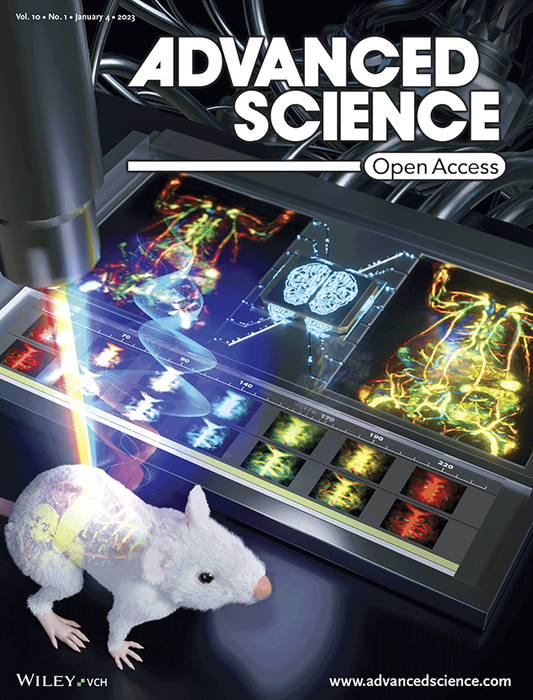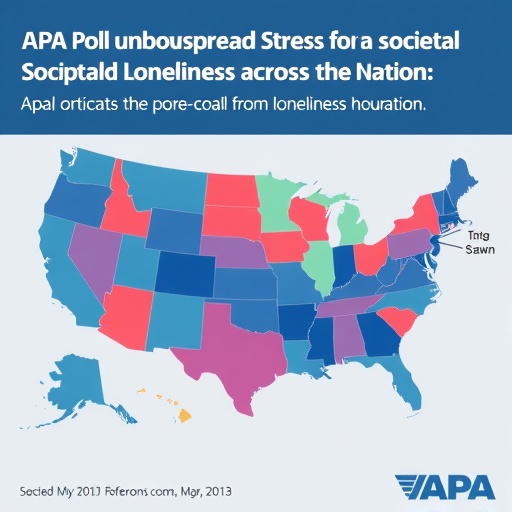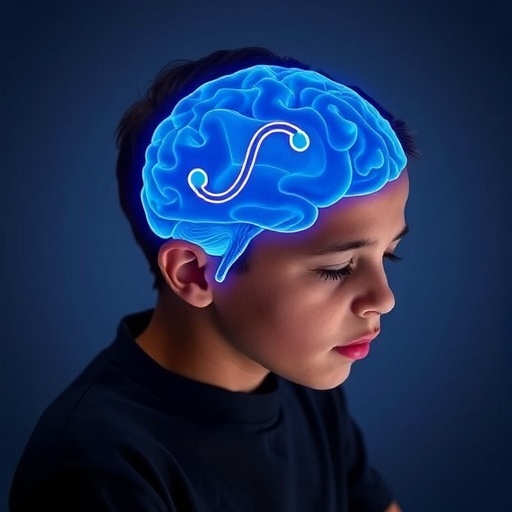It takes a few moments for the sound of thunder to reach our ears after a flash of lightning. This phenomenon is due to the photoacoustic (PA) effect where materials near the lightning instantly expand as the optical energy of the lightning is absorbed and converted into thermal energy. Using this PA effect, photoacoustic computed tomography (PACT) has become a premier preclinical and clinical imaging modality to take images inside the body without using a contrast medium. However, its low-quality images, which can be improved with multiple ultrasound sensors and a multi-channel data acquisition (DAQ) system, result in higher cost and slower imaging speed without such hardware.

Credit: Wiley
It takes a few moments for the sound of thunder to reach our ears after a flash of lightning. This phenomenon is due to the photoacoustic (PA) effect where materials near the lightning instantly expand as the optical energy of the lightning is absorbed and converted into thermal energy. Using this PA effect, photoacoustic computed tomography (PACT) has become a premier preclinical and clinical imaging modality to take images inside the body without using a contrast medium. However, its low-quality images, which can be improved with multiple ultrasound sensors and a multi-channel data acquisition (DAQ) system, result in higher cost and slower imaging speed without such hardware.
A POSTECH research team – consisting of Professor Chulhong Kim and Ph.D. candidate Seongwook Choi (Department of Convergence IT Engineering), Professor Seungchul Lee and Ph.D. candidate Soo Young Lee (Department of Mechanical Engineering), and Dr. Jinge Yang (Department of Electrical Engineering) – has presented a deep-learning approach to achieve faster and high-resolution imaging for the PACT system. The finding, the first in the world, was recently published in Advanced Science.
While previous studies have used deep learning to enhance resolution, this study is the first in the world to apply deep learning to the three-dimensional multiparametric PACT system. The researchers have demonstrated that it is possible to monitor the movement of tissues in the heart, kidney, and brain in high-resolution, high-speed, and real-time, as well as whole-body imaging of animals. They have also shown for the first time that deep learning can be applied to pharmacokinetics, where drugs are injected into blood vessels to observe their spread in the body, and functional imaging, which measures the oxygen saturation of each tissue.
Through this study, the researchers have also confirmed that an artificial neural network trained on animals can be applied to humans. It is also meaningful that they have simplified the hardware equipment without sacrificing speed or quality because the artificial neural network operates independently of the optical wavelength used to train the artificial neural network. With the publication of the findings, the research team anticipates that the PACT technology will be widely applicable in various environments by achieving high-resolution and high-speed images regardless of hardware specifications. Recognized for this significance, this study has been selected as the back-cover paper in the latest issue Advanced Science.
This study was conducted with the support of the Mid-level Technology, BRIDGE Convergence R&D Program, Global Ph.D. Fellowship, Global Frontier Program, Korea Medical Device Development Fund, Industrial Innovation Talent Growth Support (R&D) and the BK21 Project of the National Research Foundation of Korea.
Journal
Advanced Science
DOI
10.1002/advs.202202089
Article Title
Deep learning enhances multiparametric dynamic volumetric photoacoustic computed tomography in vivo (DL-PACT)
Article Publication Date
4-Jan-2023




